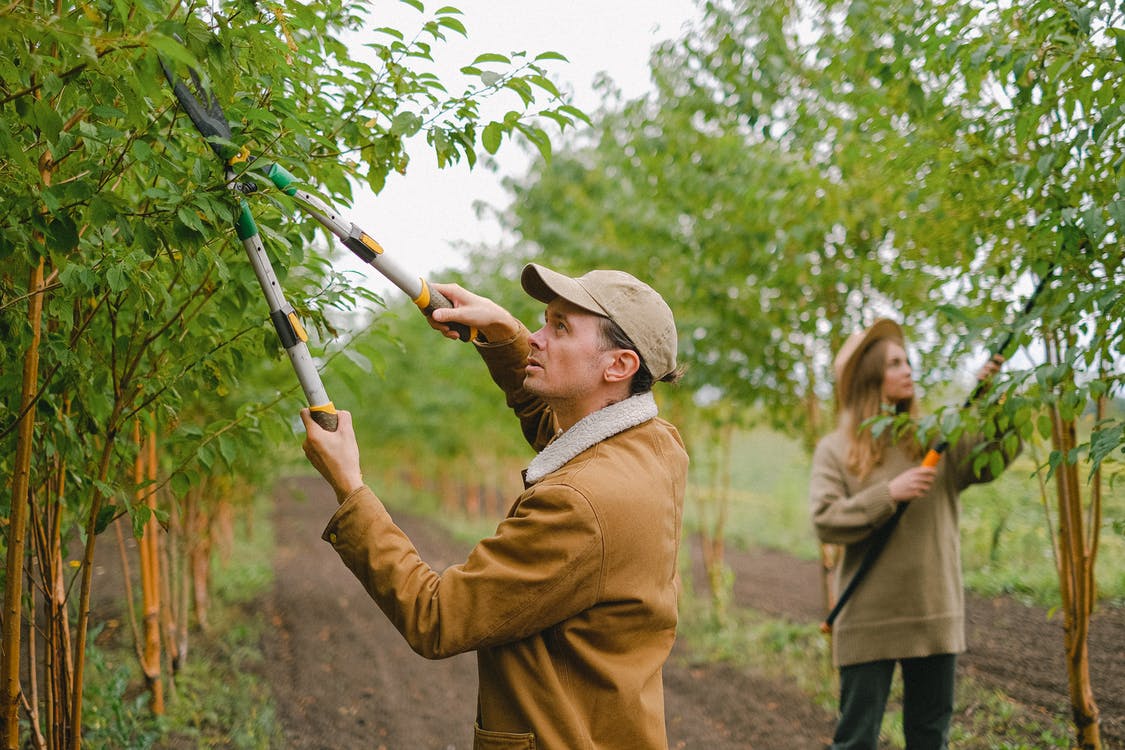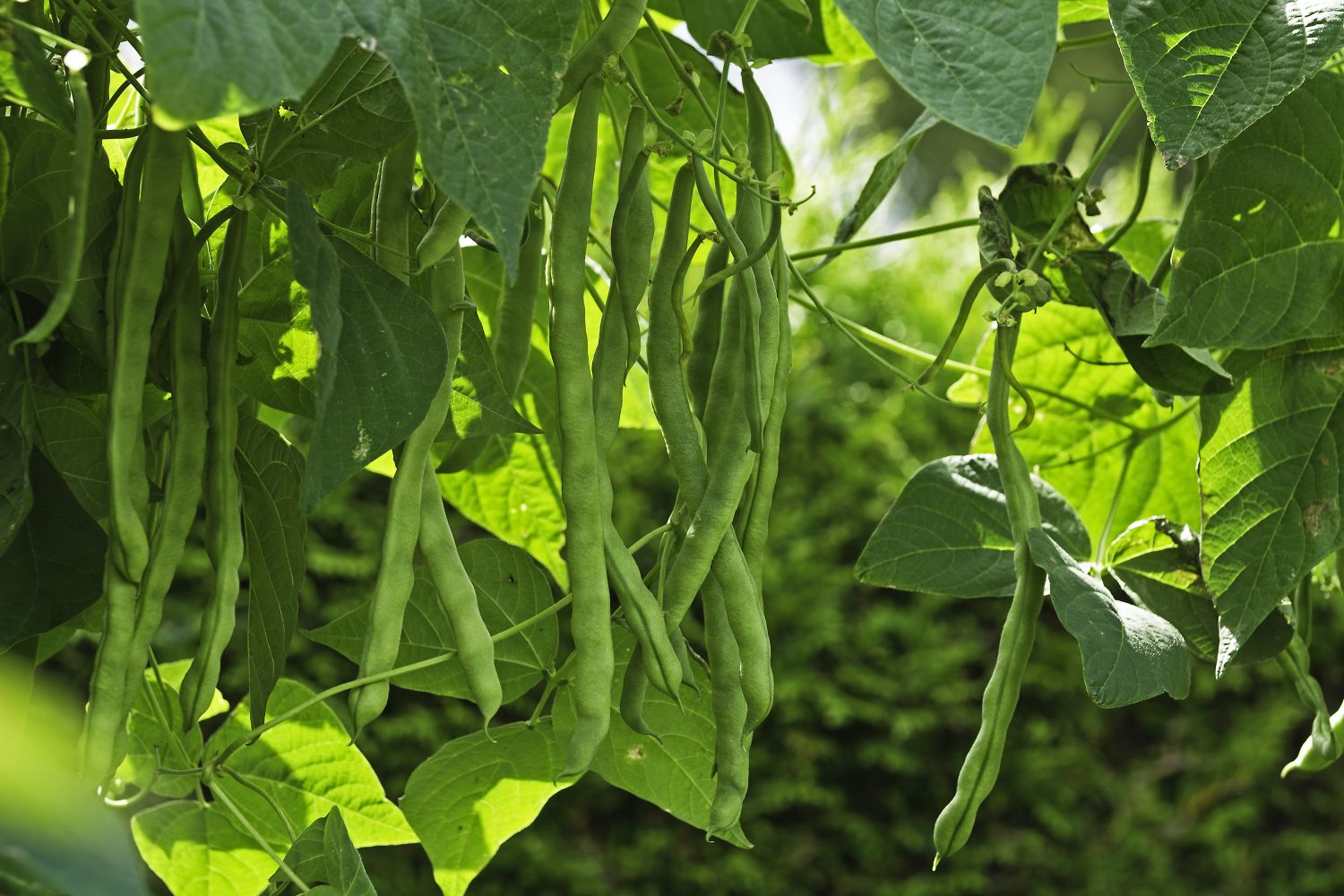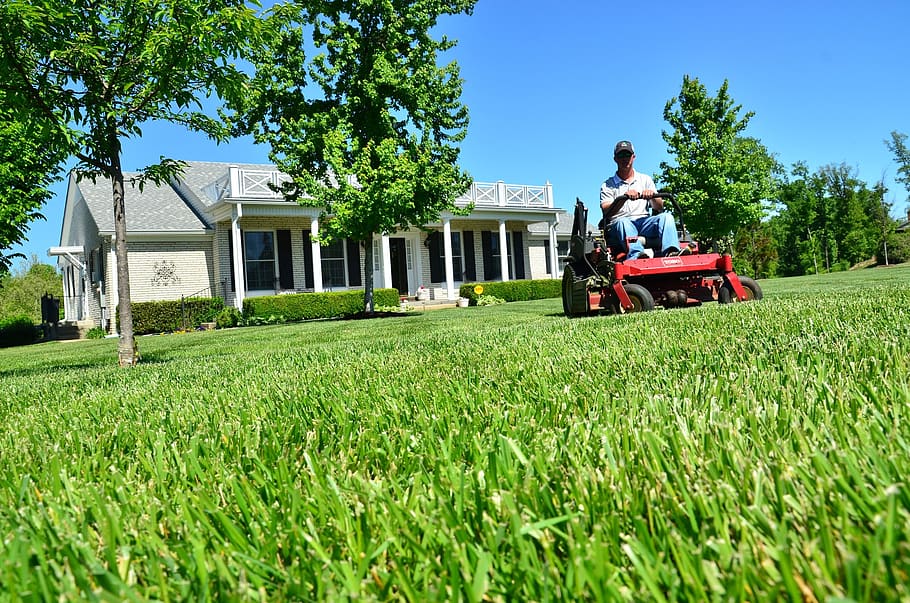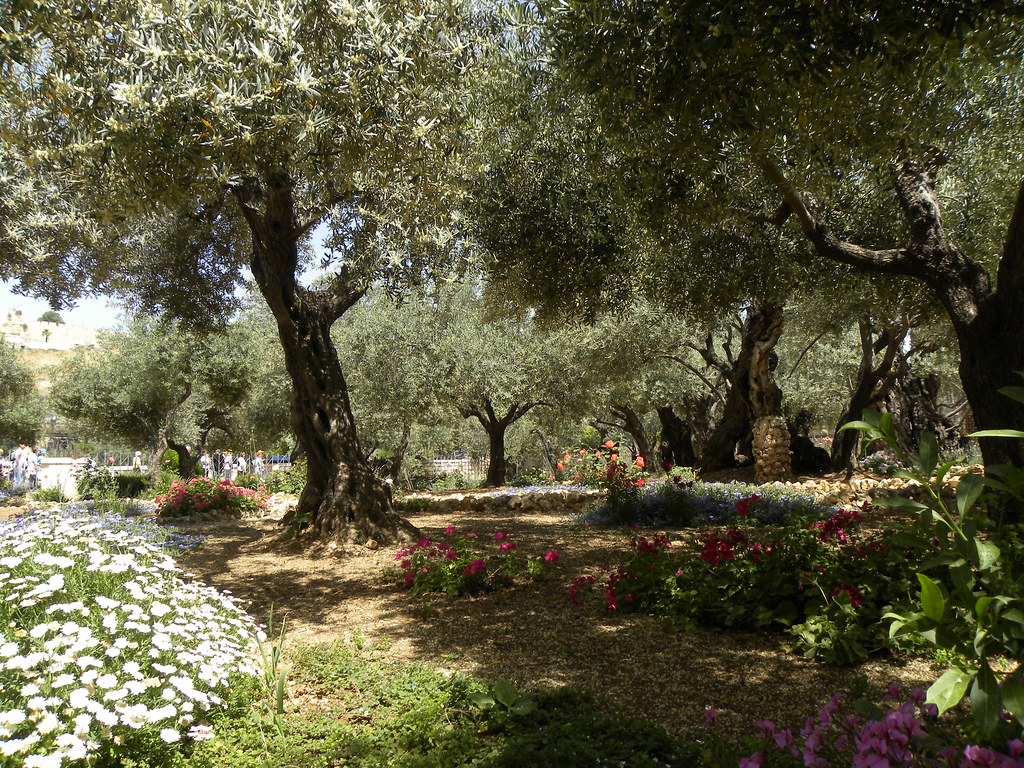Having a hedge in your garden allows you to be protected from unpleasant views and the prying eyes of neighbors as well as passersby. There are many types of fences to choose from, depending on your preferences. If you opt for a plant hedge, you will benefit from a good freshness in your garden and will enhance its aesthetic side.
However, this alternative requires some maintenance to keep your garden looking good, which takes time and dedication. This article introduces you to the different types of evergreen shrubs, which allow you to enjoy the benefits of a plant hedge without wasting too much time on maintenance. So, without further ado, let’s dive into this blog and learn more about shrubs.
Advantages of an evergreen hedge
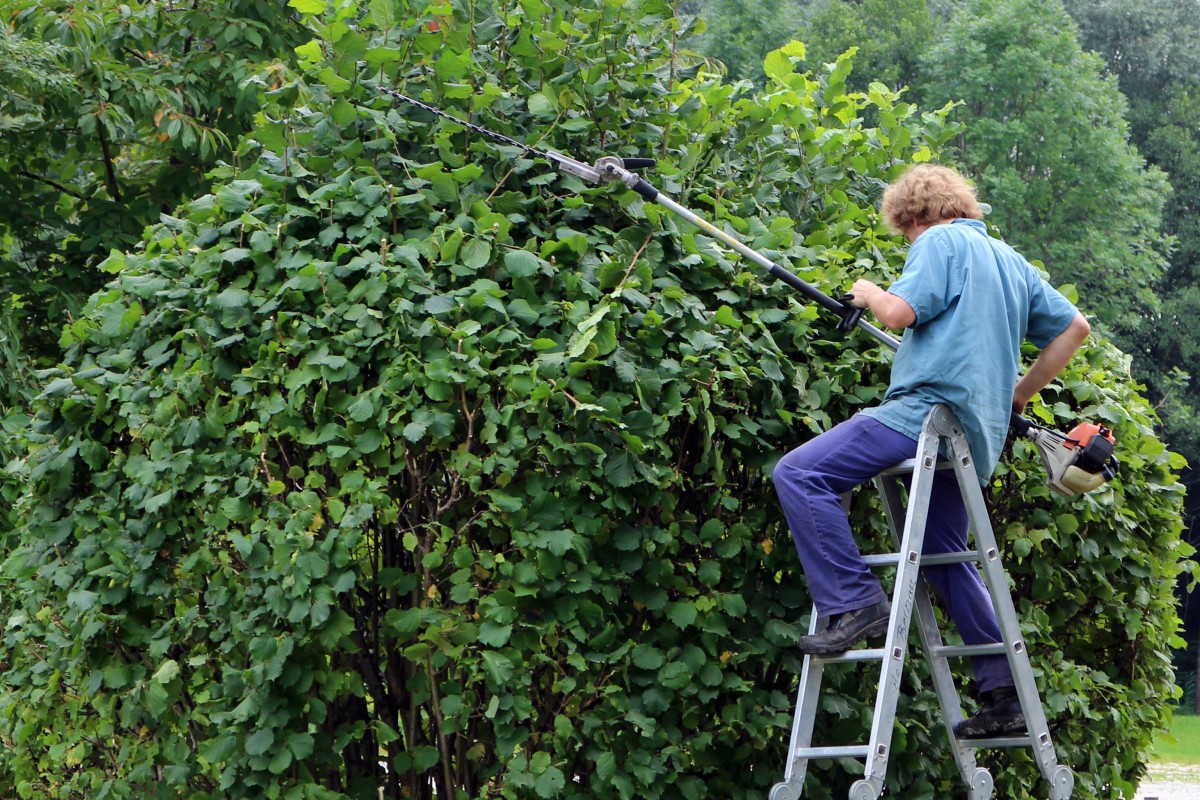
The first advantage of having an evergreen hedge is that it separates you from your neighbors in a very original way without neglecting the aesthetic aspect. Shrubs with thick foliage allow you to avoid outside eyes and delimit your plot of land. Moreover, evergreen shrubs have robust leaves that resist all seasons. They do not require a lot of maintenance like a cedar hedge. Thanks to their windbreak effect, they can protect you from weather constraints. At the same time, the plants keep a good freshness and a decorative touch all year long.
Opting for evergreen shrubs reduces maintenance needs. Indeed, since their leaves do not fall, even in winter, you will not have to do chores of collection. In addition, with its robust genetics, this type of plant does not require much maintenance and is very easy to grow. By opting for an evergreen hedge, you have the opportunity to mix it with several species. This allows you to vary the colors for a natural and nuanced result. At the same time, the presence of these various types of plants attracts small beneficial insects that protect them.
Disadvantages of the vegetal hedge
Although the vegetal hedge is advantageous for your garden, it also has some disadvantages. Indeed, by choosing a plant hedge, you opt for an outdoor decoration technique that requires regular maintenance, such as pruning and watering. This takes precious time, especially if you have a large garden. The frequency of this maintenance, as well as the work required, depends on the type of hedge you plant.
While some are hardy and do not require much maintenance, others need to be watered several times a week. Furthermore, the installation of a planted hedge is not an easy thing to do. Also, if you don’t plant a mature vegetative hedge, you’ll have to wait weeks to be completely out of sight and preserve your privacy.
Choosing evergreen shrubs
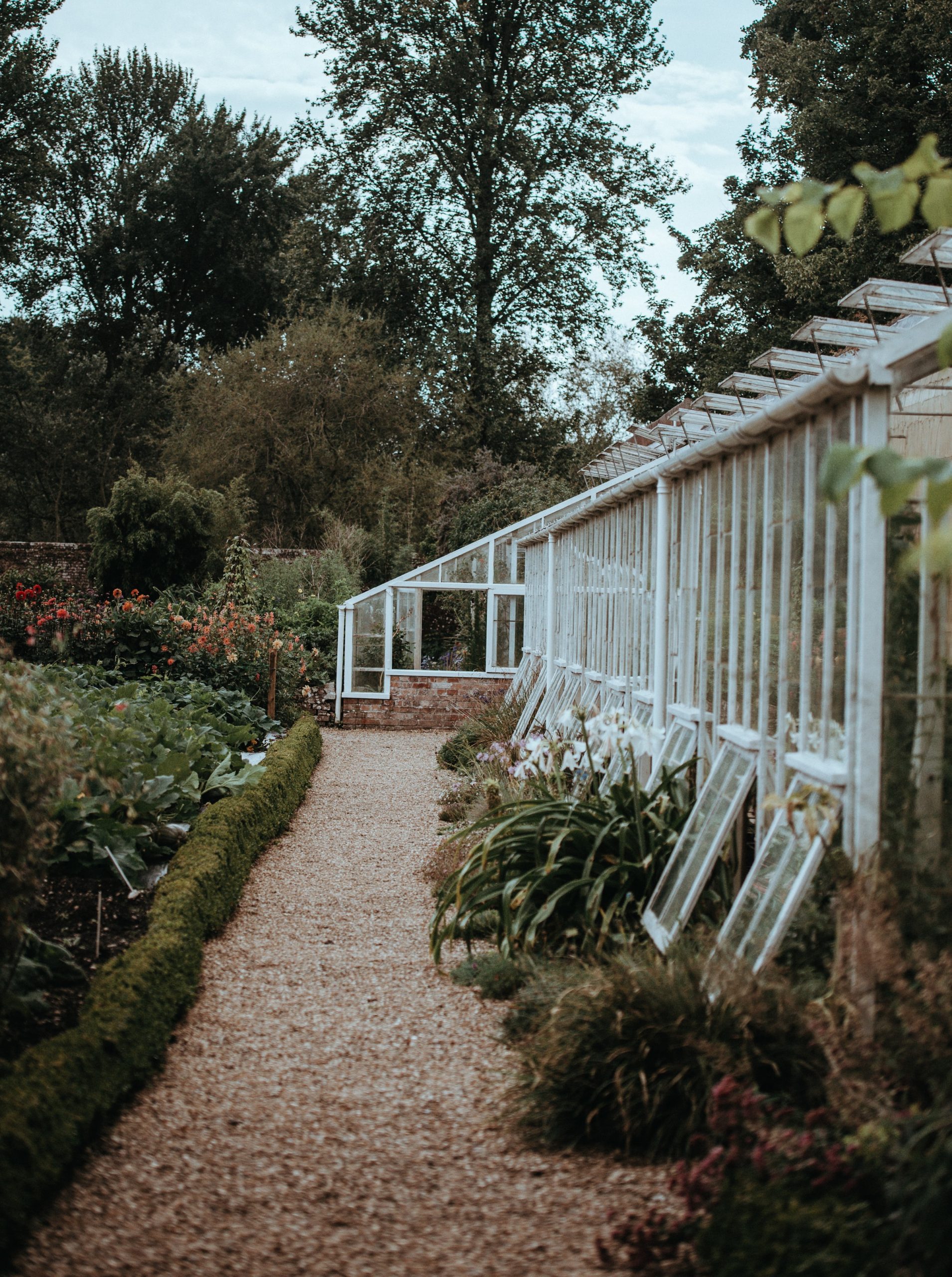
The evergreen shrub family has a wide variety of colors and leaves to choose from, depending on your taste. If you like simplicity, plant a single species to form a row of hedges to be trimmed once a year. You can also opt for a mixture. This consists of choosing a basic species such as hawthorn, hornbeam, or beech.
Then, add a little aesthetic touch by choosing trees of complementary species, such as fusain, blood dogwood, or viburnum. You can also choose a windbreak hedge; as its name indicates, it is used to protect you or your plants from the harmful effects of the wind. To do this, choose solid plants that are resistant to the wind, common privet, or Portuguese laurel. In addition, there is also an open hedge that can contain many shrubs. It is often placed in two close rows. The advantage of this alternative lies mainly in the fact that it does not need to be pruned.
Sound off in the comments section below and tell us what you want to read next and if you want to read more about shrubs.
